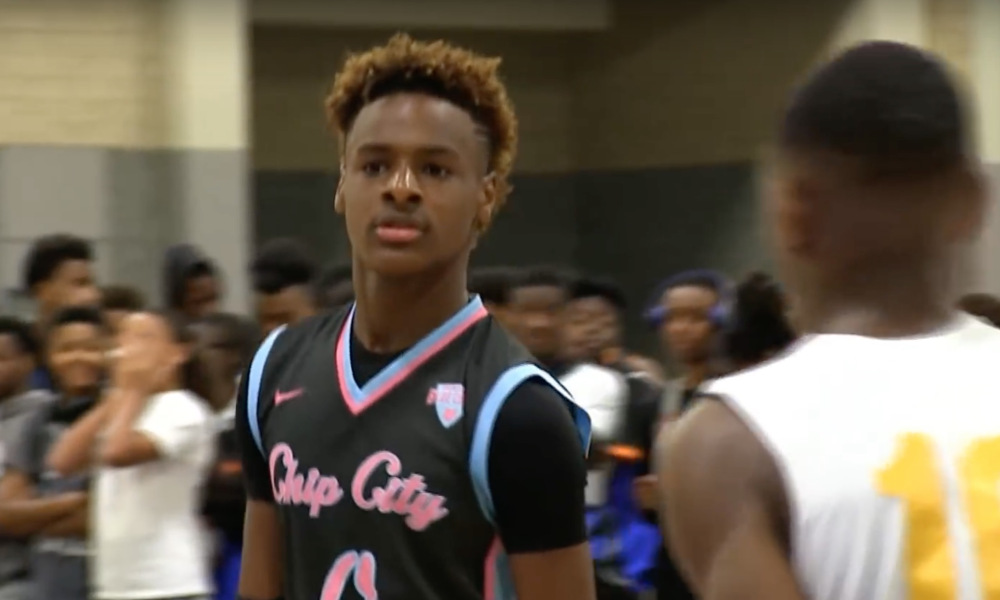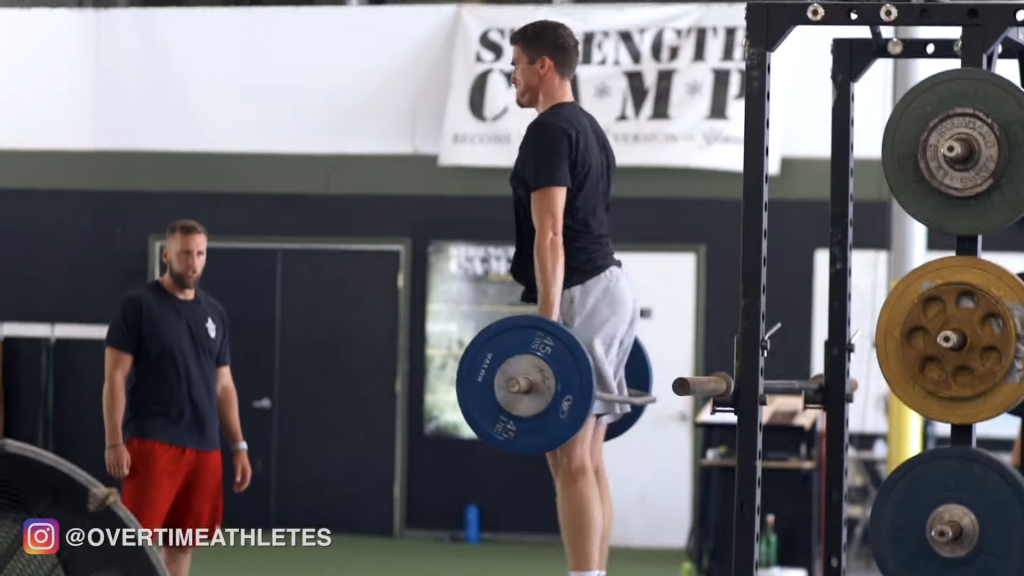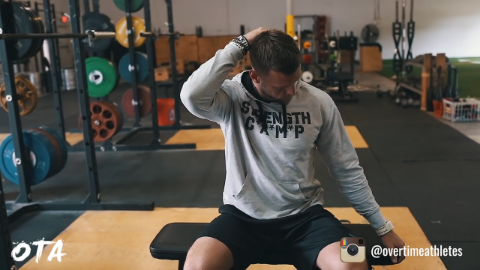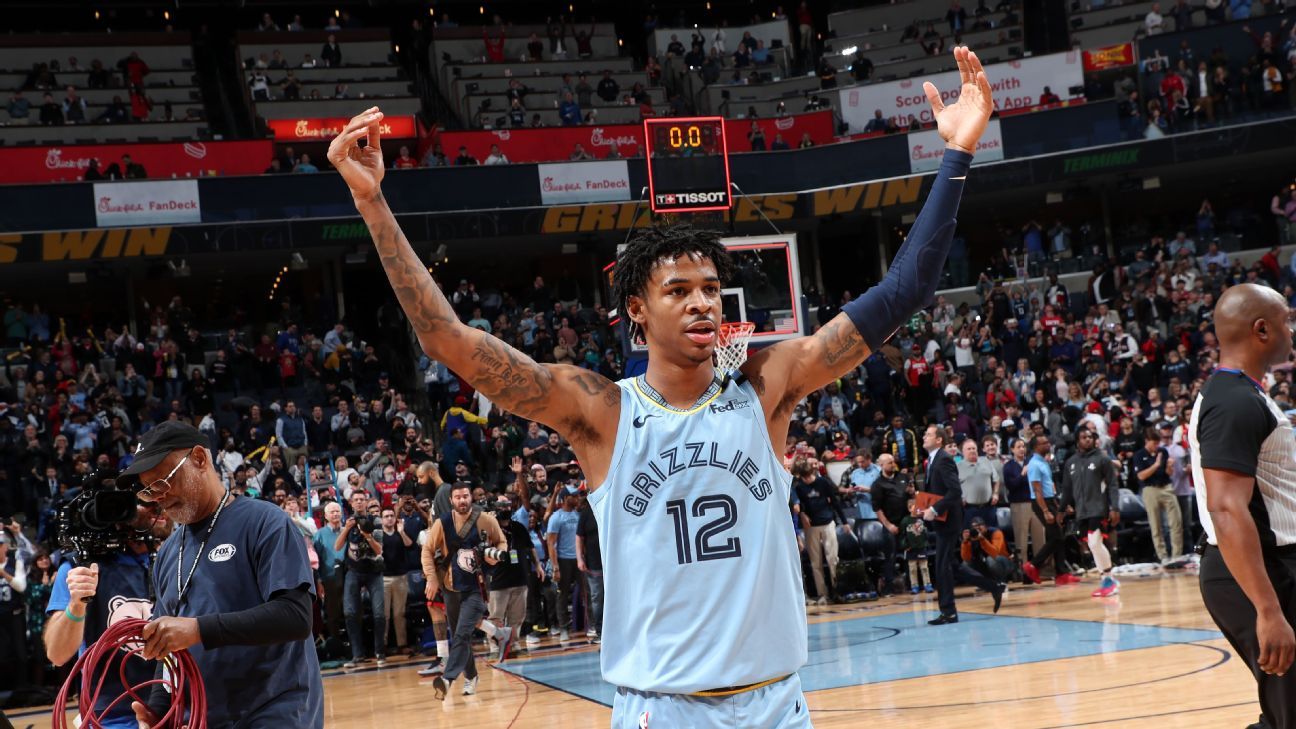If you’re an athlete, chances are your season has been affected somehow by the past year. With all the chaos and confusion, I wanted to take a moment to discuss in-season training with you guys and set a few things straight.
Continuing to train during your season will help to keep you powerful and give you that game-time edge.

When it comes to in-season training and performance, there’s a few different parameters I work around depending on some obvious factors:
- What is your sport?
- What level do you play at currently?
With the basics behind us, I’ll be giving you the training guidelines my athletes follow when playing in-season. You can then apply these to whatever sport you play and adjust based on your level.
Let’s get into it.
TRAINING DAYS
In the end, training should always support the individual athlete. So this will look different for everyone.
For example, the schedule I’m about to share may be better suited to an elite or high level athlete. If you’re a lower level athlete and not getting as much playing time, your in-season protocol might look like more of an off-season schedule.
Again, it’s individual.
From a broader perspective, this should work for most.
Training – 4 Days/week
- 2 Days of Full Body Lifting
- 2 Days of Full Body Mobility / Recovery
Let me break this down…

Outside of your game schedule, you’ll want to be training four days a week. Two days will be spent lifting, and two days will be dedicated to mobility and active recovery.
This protocol will allow you to stay healthy and mobile throughout your season, helping to prevent injury and enhance performance.
Each training day and mobility day will be focused on total body.
A good way to program your full-body strength training is using a combination of superset movements and auxiliaries.
You should also be training core throughout your entire training schedule. Try this athletic core stability circuit.
MAINTENANCE
Over the course of an annual training schedule, an athlete is meant to enter their peak training phase as they enter competition. This means they should be in their best shape and performing at their highest level.
The goal here is to maintain.
Continuing with in-season training decreases the likelihood of there being drops in performance after game two or three.
What I mean by this, is that we don’t want to eliminate training altogether.
Competition breaks the body down, training builds it back up. It’s all about maintaining where we’re at from peak phase.
Sometimes I’ll even see guys who get fitter and actually increase their performance as the season progresses. This is more typical in lower or younger levels where the athlete didn’t start out with a lot of training under their belts.
Playing throughout the season, they’ll actually make improvements in their strength, speed, and power output.
PERIODIZATION

When it comes to programming for in-season training, we want to keep the volume low.
While you should be looking for intensity on those training days, you don’t ever want to be at the point where you overstimulate the nervous system.
We’re looking to hit the weights just enough that you remain fresh and agile on the field.
So be aware.
Game-time, or competition is your main priority as an athlete. It’s the pinnacle of all you do.
Your next concern is making the most of your practice sessions, and then finally your maintenance training.
WHY IN-SEASON TRAINING

Athletes will often ask why they have to train in-season.
“It’d be much easier to take time off of training between games…”
My argument to this begins with our earlier discussion on maintaining your level of peak performance throughout the season.
If you’ve spent the entire pre-season training to become your strongest and then stop training just as the season starts, your performance in games will suffer over time.
My next reason is even more important:
In-season training will reduce the amount of injuries you might be susceptible to. By playing at your strongest all the time, you’ll be at a much lower risk of spending the season on the sidelines.
While I know it can be tough to get those training days in, it’s your job as an elite level athlete to maintain your power output and ability throughout the season.
TRAINING RESOURCES
Now that I’ve given you my in-season training protocol, you should have a good idea of how to train to maintain between your next games.
However, do you want to learn about how you should train throughout the rest of your annual training cycle?
Check out my Advanced Strength Formula.
We’ll dive into my tried and tested strength training methods that you can apply to the off-season to put on mass or just get stronger.
